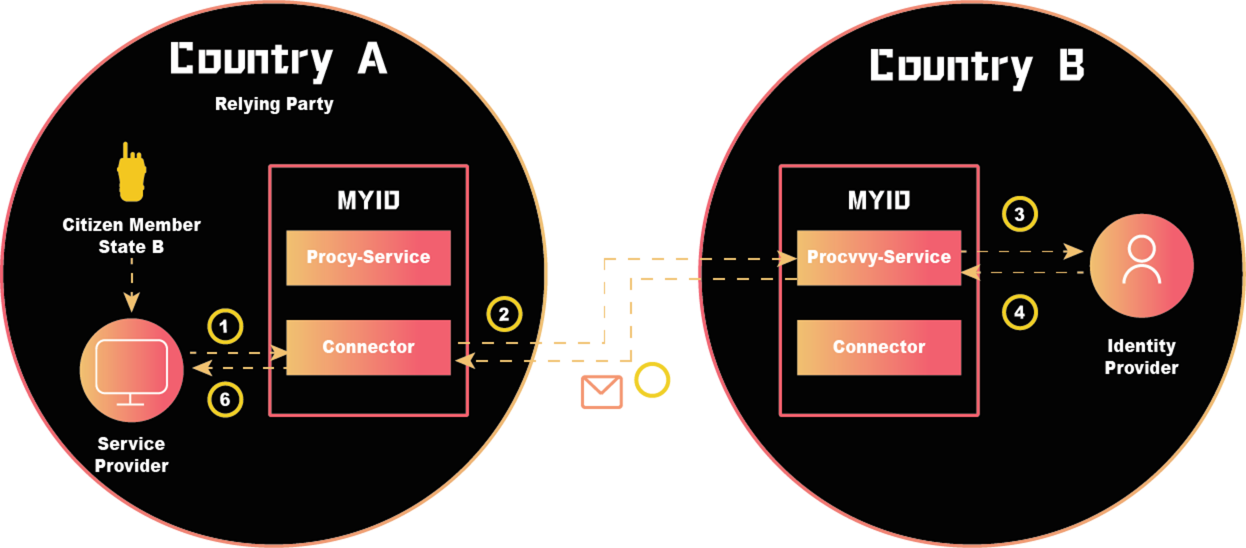

The essence of Decentralized-ID is in creating open standards for a privacy preserving internet-wide identity layer.



The essence of Decentralized-ID is in creating open standards for a privacy preserving internet-wide identity layer.
MyID is targeted to develop a cross-chain identity protocol on the Web 3.0,including an
identity-based network and related tools.
MYID will develop an aggregated identity that is an identity linked with accounts from different
blockchains and off-chain applications/services,
which represent the owner behind the accounts,and further present the owner’s credibility and
reputation in various aspects















